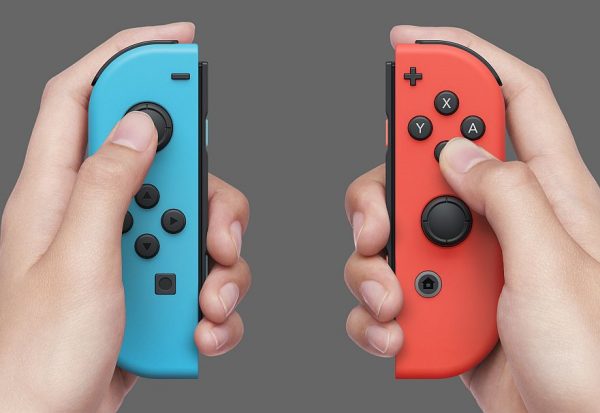Switch - household items, other devices could be causing Joy-Con wireless connectivity issues
Table of Contents
Since launch yesterday, some Switch owners have reported connectivity issues when using the system's Joy-Con controllers. Nintendo has said something as simple as a microwave may be the culprit.
Connectivity issues being reported when using Switch's Joy-Con controllers wirelessly include: characters moving on their own or not responding correctly; controllers responding intermittently; and controller losing connection with the console.
The first and most obvious step is to ensure the controllers are charged. Users should also make sure the day-one update has been installed.
Users can also try to decrease the distance between the Joy-Con and the console and it in an area where interference with the Joy-Con is minimized.
It is also best if Switch is placed out in the open and not behind a TV or other item which could obscure the signals.
If the console is near an aquarium, this can also pose a problem with the wireless connection. Water can block radio waves by absorbing them, especially 2.4 GHz frequency which is what Bluetooth uses. This creates a "shadow", and while an aquarium won't completely block signals, this shadow can cause intermittent issues.
Same with microwaves which also use a frequency band of 2 GHz and upwards. This is why Nintendo also recommends turning the microwave off. Microwaves causing wireless connectivity issues is nothing new, as some people can experience interference between the appliance and internet routers.
Having Switch placed in or under a metal object or having it pressed against a large amount of wires is also not recommended.
Other wireless devices can pose a problem, so make sure Switch is at least four feet away from the following devices: speakers, a wireless access point, laptops, tablets, headsets, printers and cordless phones.
USB 3.0-compatible devices such as hard drives, thumb drives, LAN adapters, etc. can also cause intermittent signals so, again, either move the aforementioned devices four feet away from Switch and/or Joy-Con controllers, or just turn them off.
Hopefully, this will help matters if you are experiencing issues, as the more objects a signal has to pass through, the weaker it will be. If you are still having connection problems after trying all steps above, contact Nintendo and try using the Switch Pro Controller in the meantime - if you have one.
One interesting thing of note: Digital Foundry found when running its own wireless test the left Joy-Con controller is much weaker than the right. This is something which was noticed before the console even launched.
Even after applying the day one system update to Switch, Digital Foundry still experienced de-sync issues and the left controller was found to still have weaker range than the right.
Hopefully, whatever is causing the Joy-Con issues can be fixed by Nintendo soon if it is found to be an problem with the controller instead of the user.
ncG1vNJzZmivp6x7t7ORbW5nm5%2BifLTDyK2aoWWYpMK0sceoo51lmamyrr%2BMqKuhnaJisabCyJycrGWTpMKtsIybnGabkarAqrrGZqGosV2YvK951qKpnqSVqMBur86npZ6bpJ7DqsDYZqCsq6WawA%3D%3D
